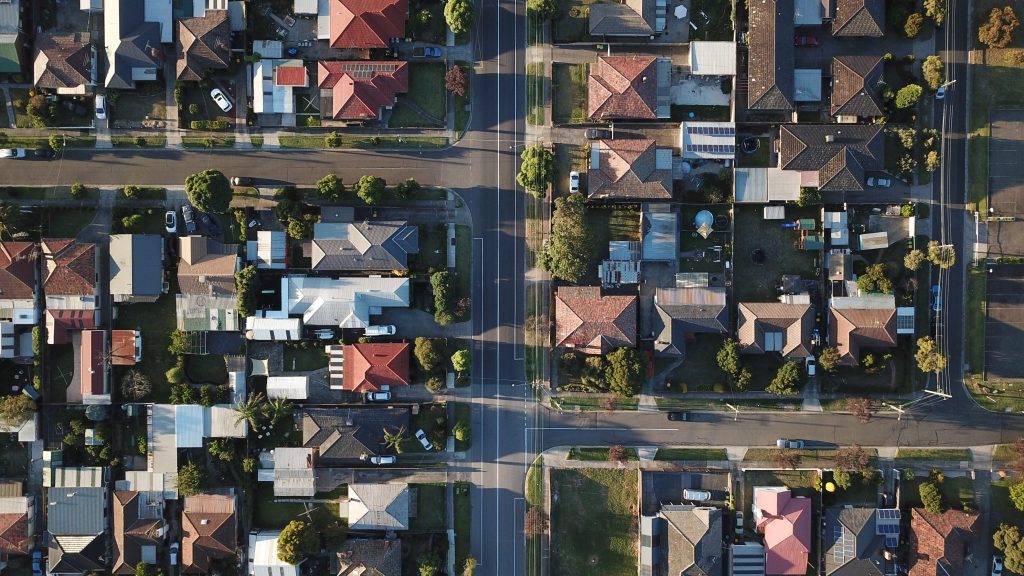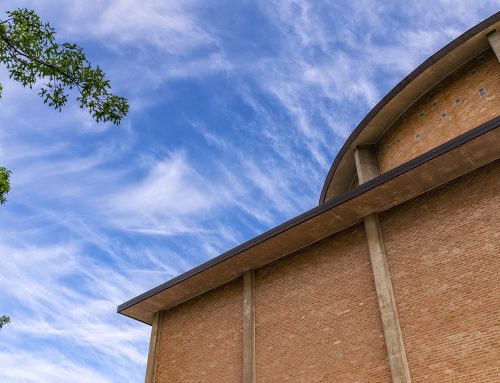The racial wealth gap in America today is as wide as it has every been in history. And that’s due in large part to inequality when it comes to homeownership. Less people of color own homes, and those who do own homes tend to own lower valued properties than their white counterparts.
That’s because of our whole country’s racist history of redlining neighborhoods, displacement, and other discriminatory practices.
Homeownership equals the ability to build wealth by adding home equity to net worth. Thus, the homeownership gap directly contributes to the wealth gap.
Policymakers and housing advocates have made some progress, but data still prove things are crazy problematic.
According to the Urban Institute, white households hold a disproportionate amount of wealth, making up two-thirds of the homeowners but holding three-quarters of the primary-residence housing wealth — that’s nationwide, but how’s our city compare?
The Institute’s latest data tool (see the accompanying report) allows us to explore cities’ aggregate housing wealth to get a clearer picture of housing gaps. As we discussed in this story about eviction hotspots, having the data is the first step toward distributing resources, targeting policies and tracking down solutions.
As is the case in many large cities, households of color in Dallas own a disproportionately small share of the primary-residence housing wealth, the tool shows us.
In Dallas, white households account for almost 40% of the city’s total homeowners. White households own 70.8% of the city’s housing wealth.
According to the report, “Homeownership rates and home values play a role in determining a group’s aggregate housing wealth. Black, Hispanic, Asian, and other households of color hold a smaller share of housing wealth because they are less likely to own a primary residence. And on average, Black, Hispanic, and other homeowners own homes of lower value.”
Here is how homeownership rates and home values contribute to housing wealth in Dallas:
White households have a homeownership rate of 56.7%, which is 12.1 percentage points higher than the city average. White households have an average home value of $531,444, which is $153,471 higher than the city average.
The tool allows us to compare Dallas to any other U.S. city, so let’s take Austin, TX, for example:
In Austin, white households are 58.2% of all households, but they own almost 75% of the housing wealth.
In Austin, white households have a homeownership rate of 53.1%. In Austin, white households have an average home value of $531,844. So overall, while the home-value equitability is similar in both cities, Dallas is a little more equitable than Austin.
The tool allows us to compare Black, Hispanic and Asian homeownership and primary-residence wealth by city.
Visit urban.org to try it out.
What does it mean?
Disparities in housing wealth mean that many households of color are more financially vulnerable than white households, even when they do achieve homeownership, according to the researchers.
“To ensure that all Americans have the same opportunities to build wealth through homeownership, policies must address the barriers—including the history of systemic racial and ethnic discrimination—that limit the ability of households of color to achieve homeownership and build housing wealth,” the authors of the report say.
In 2018 the City of Dallas Department of Housing and Neighborhood Revitalization introduced a plan to address the homeownership and wealth gap in our city, to promote equity and to “support diverse racial, ethnic, cultural and socio-economic backgrounds.”
The Dallas City Council adopted that Comprehensive Housing Policy a few months ago. If it’s effective, we should see that gap begin to close in Dallas.
The goals of our city’s policy are “to create and maintain available and affordable housing throughout Dallas, promote greater fair housing choices and overcome patterns of segregation and concentrations of poverty through incentives and requirements.”







